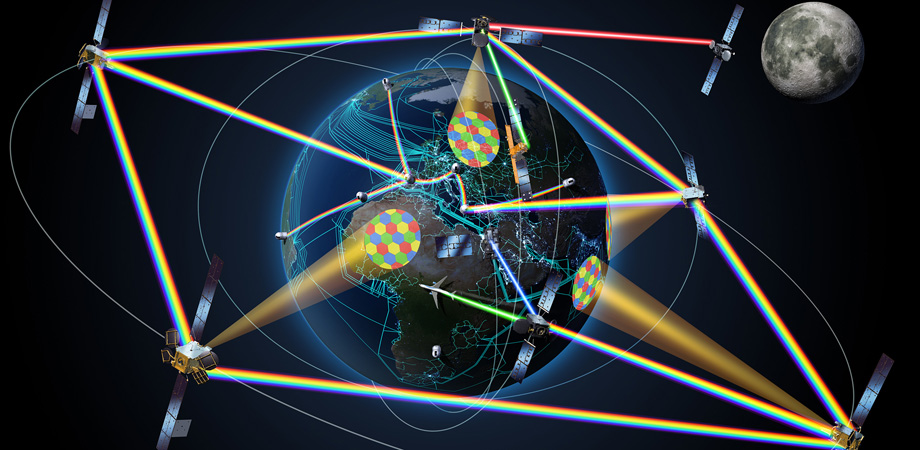


In this work, group velocity dispersion and time jitter, modeled by the truncated normal distribution, are jointly investigated analytically and numerically. Nevertheless, many fading effects act on the optical pulses used, during their propagation, causing performance degradation. Our analysis of noise regimes may have a key relevance for the development of novel, long-range FSO communication systems based on Mid-IR QCL sourcesįSO is one of the most widespread, low-cost, wireless, optical communicational technologies with sufficiently high throughput, transmission reliability, and high-level security. To relate our results with real outdoor configurations, we combine experimental data with predictions of an atmospheric channel loss model, finding that error-free communication could be attained for effective distances up to 8~km in low visibility conditions of 1 km. Our analysis reveals the existence of two distinct noise regions, corresponding to different realistic channel attenuation conditions, which are precisely controlled in our setup. In this work, we use a novel FSO testbed operating at \SI, to provide a detailed experimental analysis of noise regimes that could occur in realistic FSO Mid-IR systems based on QCLs. As compared to more common FSO systems exploiting the telecom range, the larger wavelength employed in Mid-IR systems delivers exceptional benefits in case of adverse atmospheric conditions, as the reduced scattering rate strongly suppresses detrimental effects on the FSO link length given by the presence of rain, dust, fog and haze.
#Freespace optical free
The recent development of Quantum Cascade Lasers (QCLs) represents one of the biggest opportunities for the deployment of a new class of Free Space Optical (FSO) communication systems working in the mid-infrared (Mid-IR) wavelength range.


 0 kommentar(er)
0 kommentar(er)
